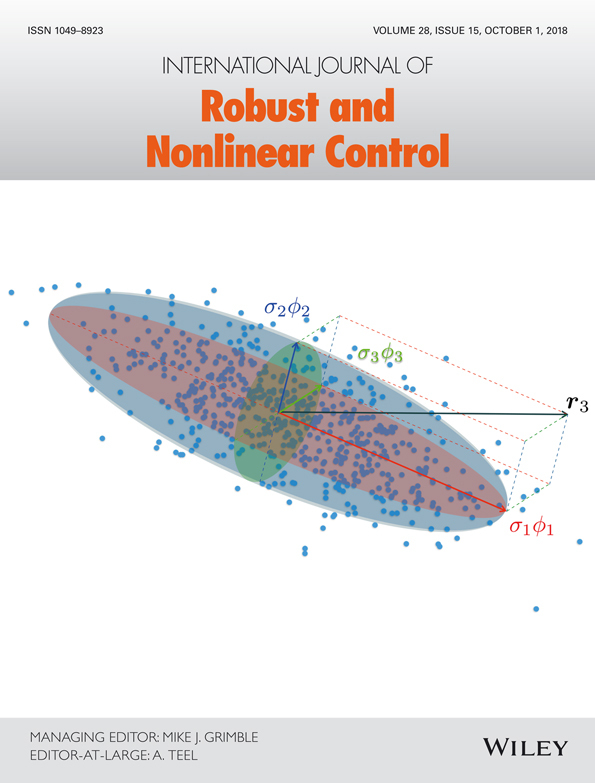A liquid sphere-inspired physicomimetics approach for multiagent formation control
Summary
A liquid sphere-inspired physicomimetics approach is presented for multiagent formation control. The agents are formulated as a liquid sphere, which is modeled by a virtual spring network. Then, a decentralized controller is obtained for each agent. The stability and convergence are proved. The scalability and flexibility are analyzed. Using the proposed approach, arbitrarily shaped formations can be obtained; and an extra agent can be added to a formation like mixing a drop of liquid into a liquid sphere. By designing extra virtual repulsive forces from obstacles, a formation avoids obstacles like a fluid flowing over obstacles or squeezing through narrow passages. The required number of communication links is N for N agents. The use of physicomimetics makes the approach computationally simple, and the physical meanings of the parameters definite. To illustrate the advantages of the proposed approach, a structural potential function-based approach is selected as the comparative method. Simulation results demonstrate the effectiveness of the liquid sphere-inspired formation control approach.




